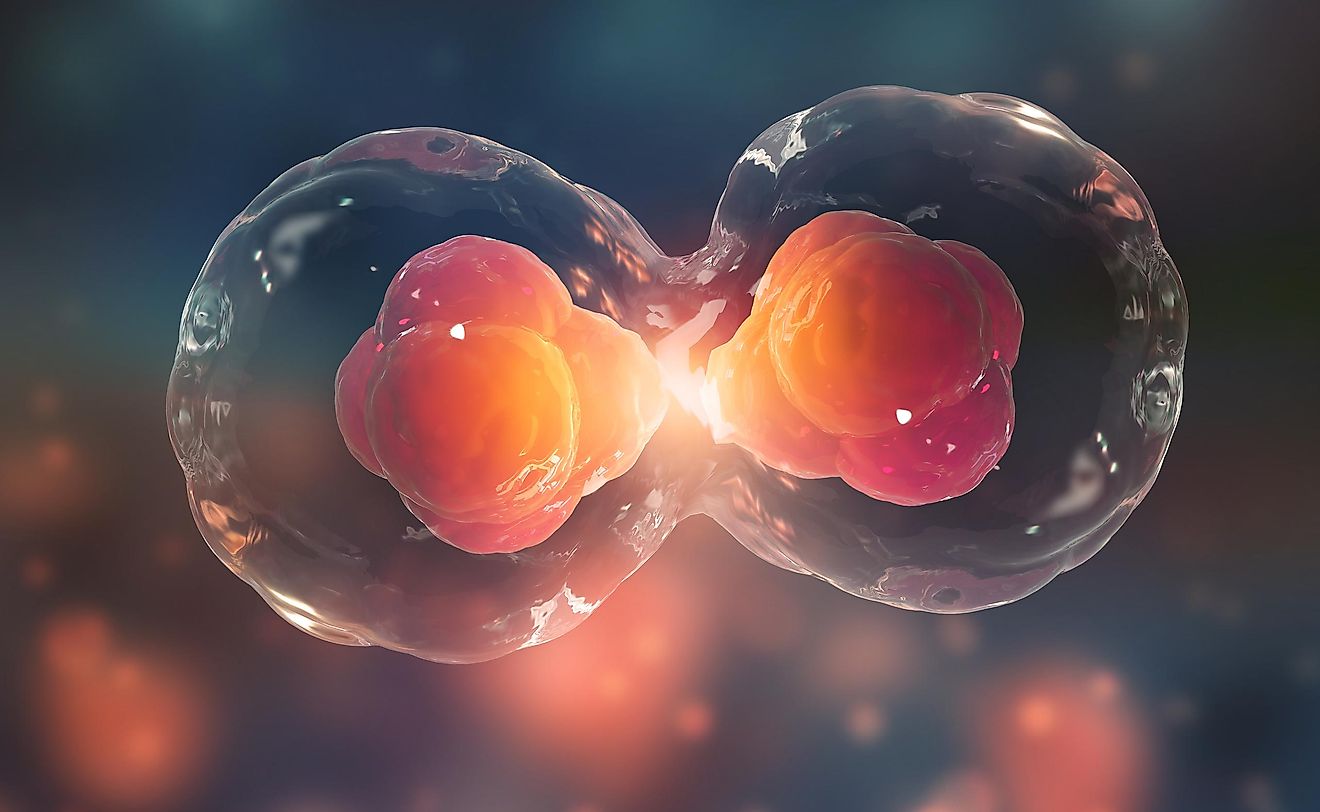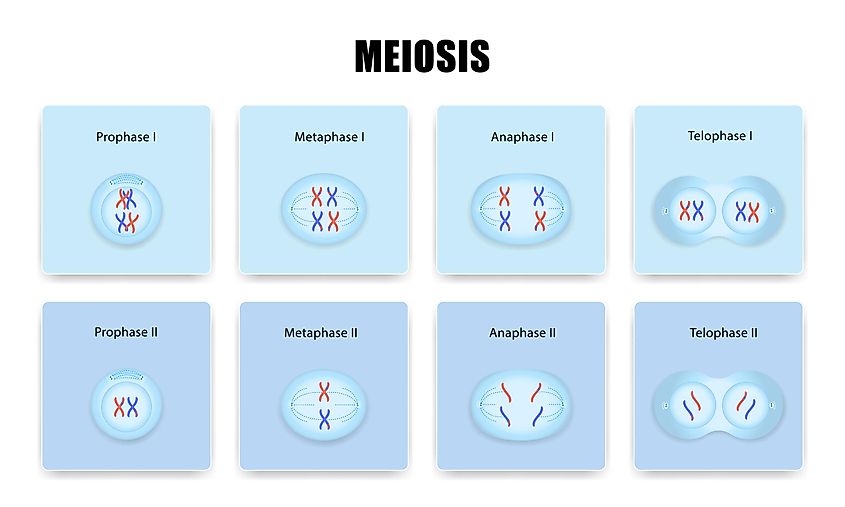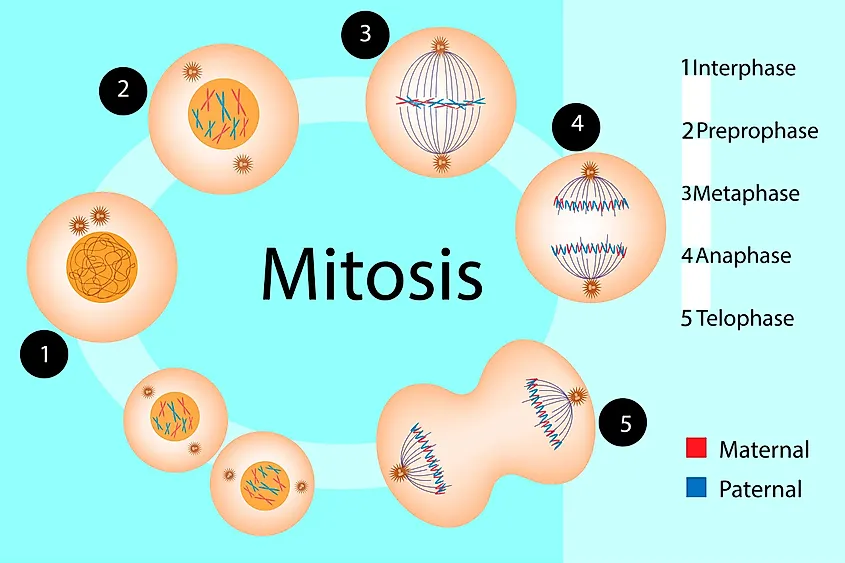Differences Between Mitosis And Meiosis

- During mitosis, the two produced cells will be the clone of the mother cell. The end result is two identical sets of chromosomes.
- Only gametes or sperm cells and eggs can be divided via meiosis.
- The division of cells in mitosis and meiosis is similar, however, meiosis is somewhat more complicated due to the division of two halves of chromosome sets.
Have you ever wondered what the fundamental process behind growing is? How do human beings, hyenas, cheetas in the Saharan desert, blue whales in the world ocean's, or even yeast, become bigger and more complex? How from tiny cells, we all become complex beings? And what about how new beings are created in the first place.
Well, they are two similar, but ultimately different processes called mitosis and meiosis.
What Are These Processes?
Mitosis is a process cells use to duplicate. It is a kind of reproduction where from one cell, two new, identical cells are created. Meiosis, sometimes called reduction division, is a division of cells that involves splitting of the nucleus when gametes or sex cells are created. Each new cell has half the number of chromosomes (molecules that contain DNA) of the parent cell.
Results Of The Processes
Two key differences are their purpose and their specialization. In mitosis, a mother cell will produce two new cells that will be her clone. It is a kind of division, and two equal sets of chromosomes will be made in the end. When we grow and develop, mitosis will create the many trillions of cells that form our physical selves. During our lifetime, it will be the mechanism that replaces old cells with new ones.

It is a very delicate, tireless process that happens in a series of carefully orchestrated phases. The goal is that each cell gets a perfect copy with a complete set of chromosomes. If this does not happen, the new cell will not be healthy, and it likely not to survive. For some organisms is a form of reproduction, but it is not the case for humans.
This is where meiosis comes in. It is the division of just one type of cell. Gametes or specifically sperm cells and eggs, will be produced this way. The goal is to have four new cells with half as many chromosomes as the original one. This type of cell is called haploid (with one set of chromosomes) as opposed to diploid cells with two sets. In human reproduction, two haploid cells will join together in a process called fertilization. Two haploid sets of chromosomes will form a new diploid cell, and a new genome will be created.
The Four Phases Of Mitosis
Another difference is the number of stages in both processes. The four phases of mitosis are called prophase, metaphase, anaphase, and telophase. Sometimes, you will see prophase divided further into an early and late phase. They always happen in this exact sequence. In a lot of ways, meiosis is similar to mitosis. The process has similar stages, and chromosomes are organized and divided in similar ways. In meiosis, the task is a bit more complicated; the cell needs to divide the two halves of chromosome sets (chromatids).

But additionally, homologous chromosomes (pairs of the maternal and paternal chromosomes) also need to be separated. This is why meiosis has two divisions, meiosis I and meiosis II. In the former, homolog pairs will part, and in the latter, two halves or the sister chromatids will part. Cell division occurs twice, and it will result in four gametes. In each cycle, cells go through the five stages we mentioned for mitosis, which amounts to ten phases.











